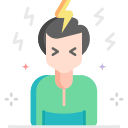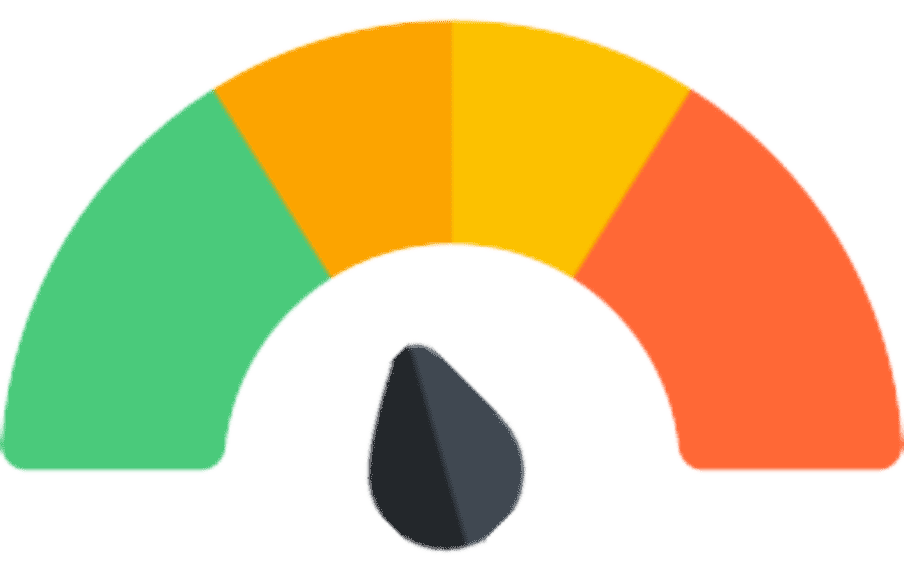(Bold for FDA approved)
 How PEROSPIRONE works
How PEROSPIRONE works• Blocks dopamine 2 receptors, reducing positive symptoms of psychosis
• Blocks serotonin 2A receptors, causing enhancement of dopamine release in certain brain regions and thus reducing motor side effects and possibly improving cognitive and affective symptoms
• Interactions at serotonin 1A receptors may contribute to efficacy for cognitive and affective symptoms in some patients
• Psychotic symptoms can improve within 1 week, but it may take several weeks for full effect on behavior as well as on cognition and affective stabilization
• Classically recommended to wait at least 4–6 weeks to determine efficacy of drug, but in practice some patients require up to 16–20 weeks to show a good response, especially on cognitive symptoms
 Notable Side Effects
Notable Side Effects• Drug-induced parkinsonism, akathisia
• Insomnia
• Sedation, anxiety, weakness, headache, anorexia, constipation
• Tardive dyskinesia (reduced risk compared to conventional antipsychotics)
• Risk of potentially irreversible involuntary dyskinetic movements may increase with cumulative dose and treatment duration
• Elevated creatine phosphokinase levels
 Life Threatening Side Effects
Life Threatening Side Effects• Rare neuroleptic malignant syndrome may cause hyperpyrexia, muscle rigidity, delirium, and autonomic instability with elevated creatine phosphokinase, myoglobinuria (rhabdomyolysis), and acute renal failure
• Rare seizures
• As a class, antipsychotics are associated with an increased risk of death and cerebrovascular events in elderly patients with dementia; not approved for treatment of dementia-related psychosis
Not well characterized

not usual
• Wait
• Wait
• Wait
• Anticholinergics may reduce drug-induced parkinsonism when present
• Beta blockers, benzodiazepines, or serotonin 2A antagonists (e.g., mirtazapine, cyproheptadine) may reduce akathisia
• Metformin may help prevent or reverse antipsychotic-induced weight gain
• Reduce the dose
• Switch to another atypical antipsychotic
• 8–48 mg/day in 3 divided doses
 Dosage Forms
Dosage Forms• Tablet 4 mg, 8 mg
• Should periodically reevaluate long-term usefulness in individual patients, but treatment may need to continue for many years
• No
 Renal Impairment
Renal Impairment• Use with caution
 Hepatic Impairment
Hepatic Impairment• Use with caution
 Cardiac Impairment
Cardiac Impairment• Use in patients with cardiac impairment has not been studied, so use with caution because of risk of orthostatic hypotension
• Use with caution if patient is taking concomitant antihypertensive or alpha 1 antagonist
 Elderly
Elderly• Some patients may tolerate lower doses better
• Although atypical antipsychotics are commonly used for behavioral disturbances in dementia, no agent has been approved for treatment of elderly patients with behavioral symptoms of dementia such as agitation
• Elderly patients with dementia-related psychosis treated with atypical antipsychotics are at an increased risk of death compared to placebo, and also have an increased risk of cerebrovascular events
 Children and Adolescents
Children and Adolescents• Use with caution
 Pregnancy
Pregnancy• There is a risk of abnormal muscle movements and withdrawal symptoms in newborns whose mothers took an antipsychotic during the third trimester; symptoms may include agitation, abnormally increased or decreased muscle tone, tremor, sleepiness, severe difficulty breathing, and difficulty feeding
• Psychotic symptoms may worsen during pregnancy and some form of treatment may be necessary
 Breast Feeding
Breast Feeding• Unknown if perospirone is secreted in human breast milk, but all psychotropics are assumed to be secreted in breast milk
• Recommended either to discontinue drug or bottle feed
• Infants of women who choose to breast feed should be monitored for possible adverse effects
Based on data Published online by Cambridge University Press
Compiled by Dr. Jash Ajmera